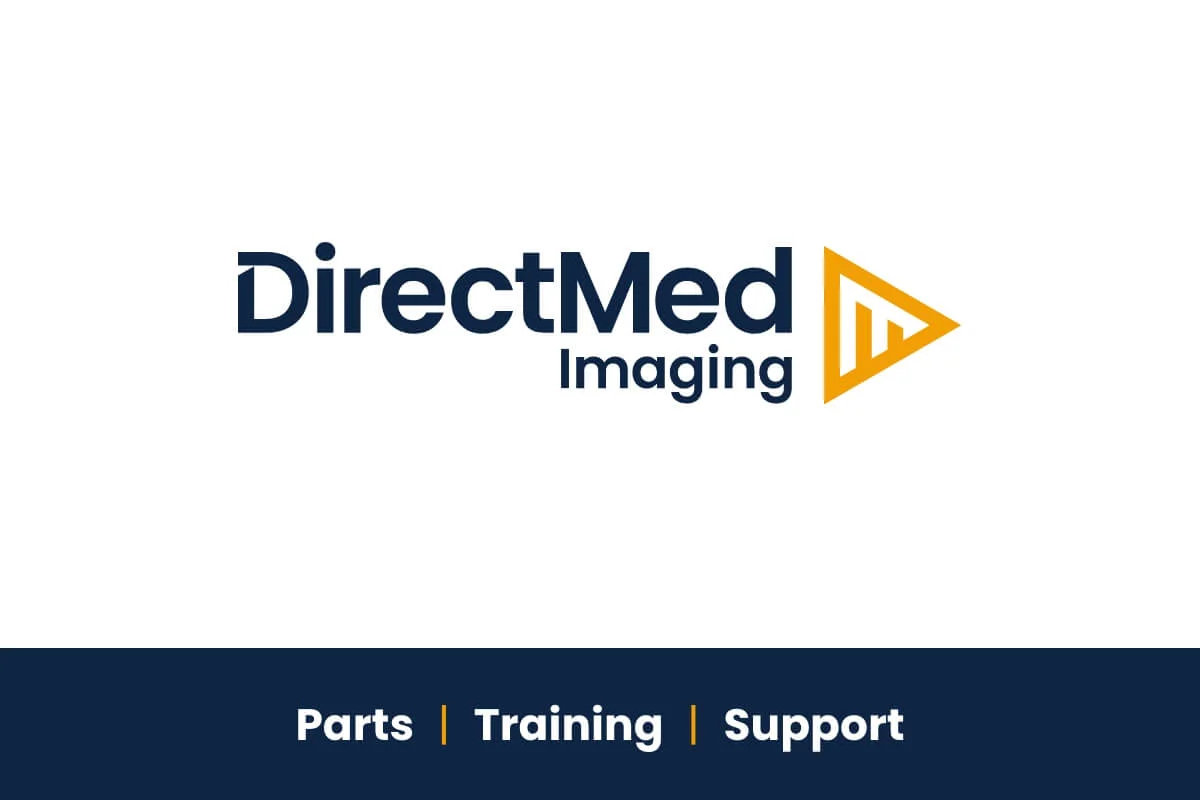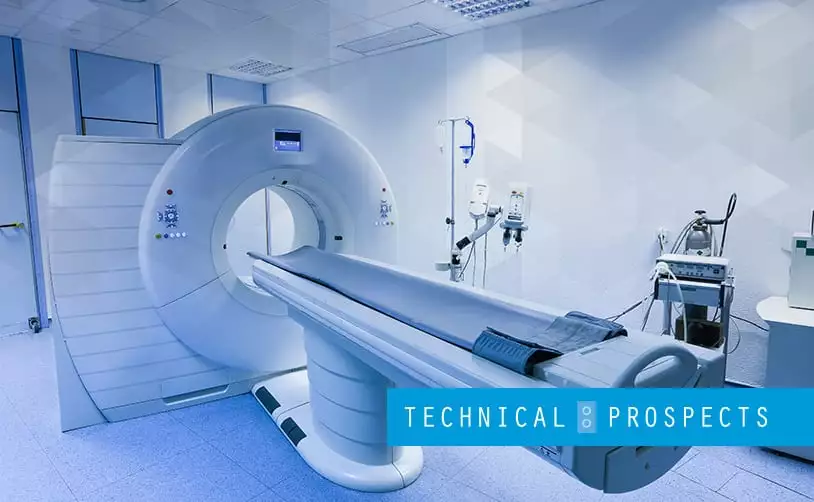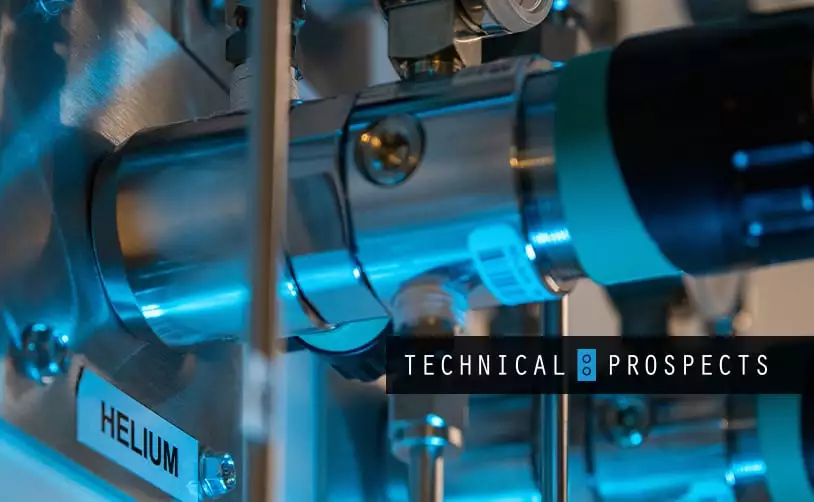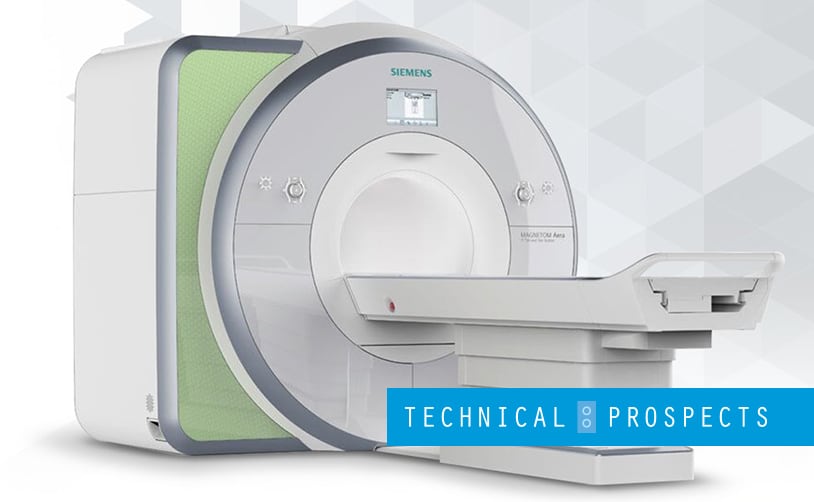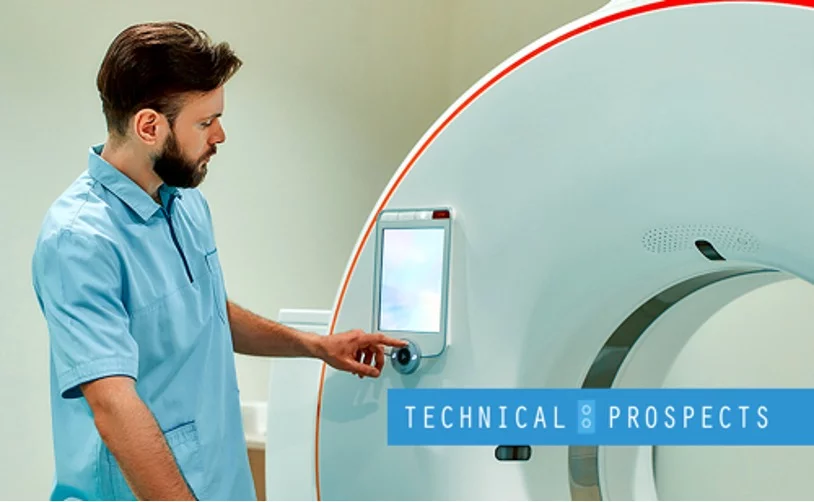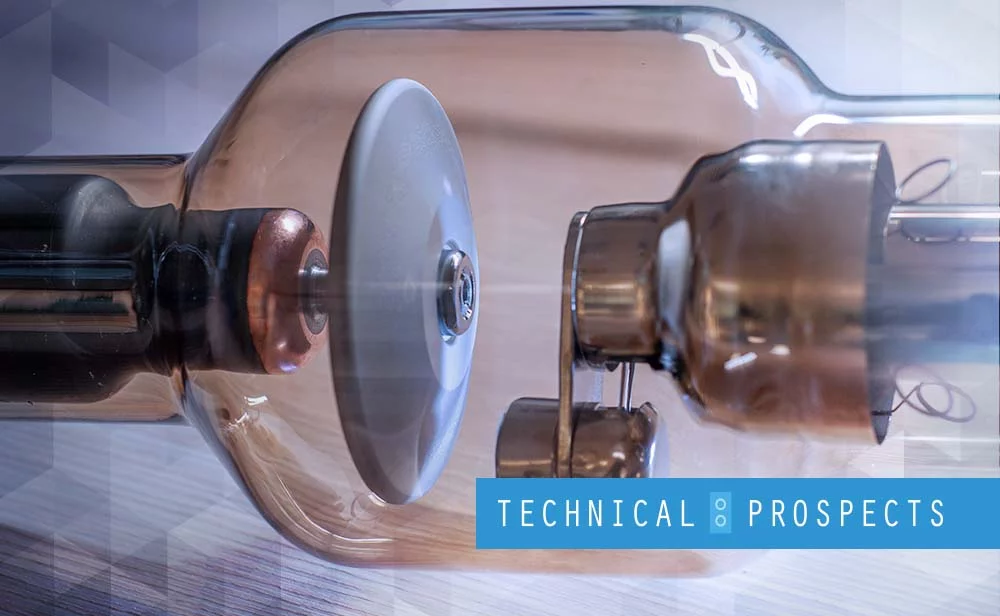Patient testimonies and test results alone aren’t enough to diagnose more complex conditions and illnesses. This is why medical imaging equipment is a necessary tool in medical facilities across the globe.
It’s not uncommon for patients to get confused over the difference between MRI and CT scans, mainly since the two can appear similar in some ways. Additionally, there are some overlaps where a CT and MRI scanner can diagnose the same condition. However, the two have distinct differences, which make one a more viable option, especially during time-bound emergencies.
Understanding MRI scanners
Magnetic resonance imaging (MRI) scanners use magnetic fields together with computer-generated radio waves to produce detailed images of a patient’s organs and tissues. It’s a preferred option for detecting soft tissue complications, such as tendons and the spinal column. Additionally, it’s the best option for diagnosing brain tumors. MRI imaging is relatively safer in the right conditions than a CT-scanner’s X-rays.
Unlike a CT scan, an MRI scan involves no risk of radiation. However, patients can report discomfort due to the long duration of the scanning process together with the loud humming sounds that the imaging equipment emits. Since it utilizes strong magnets to capture images, a CT scan can experience clarity issues if a patient has metallic implants or metal-based substances in their body. Additionally, some people can be allergic to the contrast dyes used during the scanning procedure.
Analyzing CT scanners
Although a Computerized tomography (CT) scan utilizes X-ray images instead of magnetic fields, it has a similar structure to an MRI. It utilizes cross-sectional images to develop images of a patient’s bones, soft tissues, and blood vessels. Its X-ray imaging makes it an ideal option for diagnosing internal damage to organs, muscles, and bones.
Unlike an MRI scan, CT scans last for only five minutes. However, there is a slight risk of experiencing radiation. It’s important to note that this amount is comparable to over a 5 year period of being exposed to background radiation. Additionally, CT scans don’t provide any imaging issues with people who have metal implants.
Choosing between MRIs and CT scanners
Choosing the right imaging equipment will depend primarily on the doctor’s initial diagnosis. Particular areas in the body are better suited for viewing under an MRI or CT scanner. For example, physical trauma and chest conditions are best viewed under CT scans to identify bone fractures, organ injuries, or abnormalities in lung tissue. In contrast, an MRI scan provides a better analysis of spinal, joint, and brain injuries.
Conclusion
It’s important to remember that hospitals need to run like clockwork to provide the best healthcare experience possible. All healthcare professionals operate under the limited resources of their patient’s time and the medical facilities’ limitations. The wrong diagnosis can lead to a severe drop in efficiency in the hospital. This prevents other patients’ opportunities to receive immediate medical attention while simultaneously putting the diagnosed patient at risk. This is why it’s necessary to identify the right tests and medical procedures in handling a particular case. The sooner you can determine the connection between a person’s symptoms, the sooner you can prescribe the right solution for their recovery.
Whether you’re using a CT or MRI scan, it’s important to ensure that its components do not compromise your test results. DirectMed Parts is a US-based repair company that you can trust to deliver quality repairs and treatment for your imaging equipment. Contact us today, and our imaging equipment technicians can ensure that you deliver accurate diagnoses.
